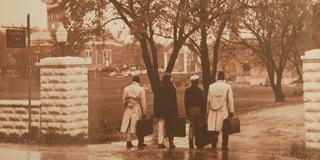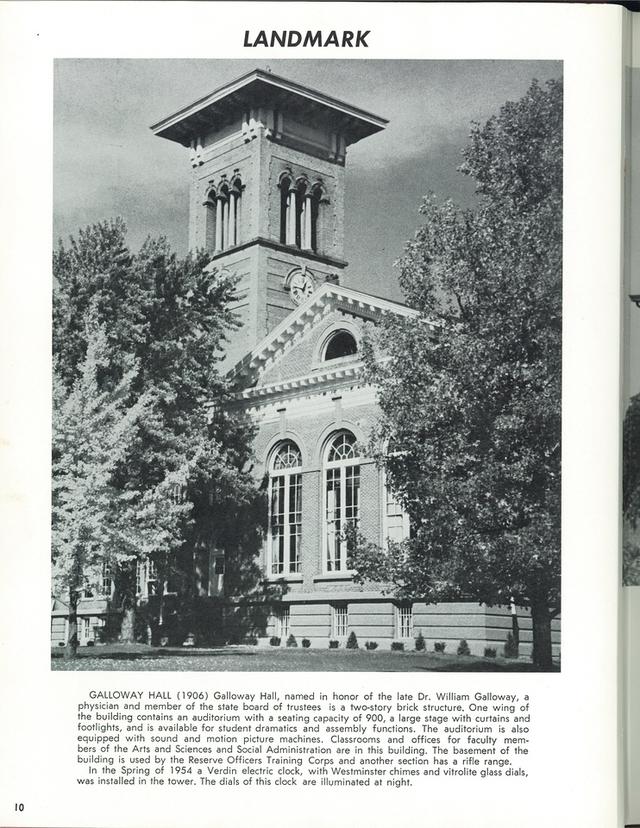
Our future rises from our foundation

At Central State University, our history is our bedrock. Founded as a place of higher learning for African Americans more than 135 years ago, we have thrived against all odds. Even after a devastating tornado in 1974 destroyed most of the campus, we emerged with our spirit unbroken. Today, Central State stands proud as an 1890 Land-Grant University with our eyes on the future.
Our origins
Central State arose from Wilberforce University — the nation’s oldest private Historically Black College or University (HBCU) and a prominent stop on the Underground Railroad. Named for British abolitionist William Wilberforce, it was founded by the African Methodist Episcopal Church as a “refuge from slavery’s first rule: ignorance.” Today, we continue this proud legacy, preparing young people to lead and uplift the world.
1887: Our founding
Central State began as the combined Normal and Industrial Department in 1887. The state legislature established the department on the Wilberforce campus and initially offered teacher training and vocational coursework.
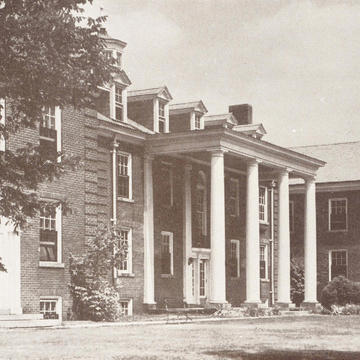
History podcast series
A series of 16 podcasts documents the history of Central State University and its roots in the community of Wilberforce, Ohio. Take a walk through history and learn about the many ways the University has overcome adversity and advanced academic excellence to become a leading Historical Black University in the Midwest.
The series was part of Central State's 2009 Research Challenge Grant.
-
Connecting Campus and Community in Historical Wilberforce, Ohio
-
Between 1881 and 1917, Andrew Carnegie contributed over $40 million to build 1,680 libraries in communities across the United States. The Wilberforce University (now Central State University) library is among only nine Carnegie Libraries donated to Historically Black Colleges shortly after the turn of the 20th century.
-
The Wilberforce Cemetery is located on property purchased by the Combined Normal and Industrial Department at Wilberforce University in 1896. Records from Dec. 12, 1926, revealed a total of 26 graves and a monument plotted for the cemetery.
-
For 60 years, Emery Hall was part of a triad of handsome colonial buildings in Wilberforce, designed by Ohio's foremost early 20th-century architect, Frank L. Packard.
-
Once the center of activity on the campus of what was then Wilberforce University (now Central State University), the Old Wilberforce University Fountain is on the grounds of the Tawawa Springs.
-
Hallie Quinn Brown was an accomplished and acclaimed teacher, author, lecturer, elocutionist, and political activist. She was dedicated to advancing education and human rights, women's rights, and African American civil liberties. She not only taught but also used her talents as a speaker to promote what was then Wilberforce University (now Central State University) and raised funds for its continued growth.
Brown's active and passionate involvement in the aforementioned movements put her at the forefront of the late 19th and early 20th century struggles for reform and social change.
-
The Central State University power plant may be one of the oldest operating power plants in Greene County, Ohio. Built in 1926, it is an excellent example of industrial vernacular architecture.
-
From the mid-19th century to the present day, Wilberforce played a significant role in American military history. Since the Civil War, Black men and women with roots in this historic community have made significant contributions to our national defense.
-
The Scarborough House, built in 1890, was the home of William and Sarah Scarborough. William Scarborough was a classics scholar and president of what was then Wilberforce University, now Central State University, from 1908-1920. The home was designed and constructed by faculty and students in the carpentry and construction trades of the Combined Normal and Industrial Department.
-
The Sunken Garden serves as the heart of the Central State University campus. It is a lovely location of the once-famous Tawawa Springs, with beautiful scenery, stately trees, and a quiet space for students to gather.
-
The Tawawa House once stood at the center of the old Wilberforce University campus. The massive, two-story frame structure served as the hotel for the Xenia Springs Resort in the early 1850s. In 1885, the Cincinnati Conference of the Methodist Episcopal Church began negotiations for the purchase of the Xenia springs to establish the Ohio African University.
-
The Tawawa Woods is linked to a forest that forms an unbroken wooden corridor along Massies Creek. The name originated from Tawawa Springs, named by the Shawnee Indians, with the area used for bathing until the late 1700s.
-
In the mid-19th century, Greene County featured several popular health resorts, including Xenia Springs and Wilberforce. The history of Xenia Springs, also known as Tawawa Springs, is rich and varied.
-
Col. Charles Young was born into slavery in 1864. Young was the third African American graduate from the United States Military Academy at West Point and the highest-ranking Black officer during World War I. In 1894, Young was the professor of military science and tactics at what was then Wilberforce University, now Central State University.
-
On April 3, 1974, Central State University and its campus were changed forever. At 4:38 p.m., a tornado destroyed over 80% of the campus. Sadly, four people died, while more than 20 others were injured.
60 years of advancement
The Institution thrived as students trained to become teachers, blacksmiths, auto mechanics, shoemakers, and carpenters — with some even helping to build campus facilities. In 1941, our mission expanded to offer four-year degrees in education.

1951: An independent college
With the construction of Banneker Hall — which housed laboratories and a greenhouse — and the addition of a liberal arts program, we pushed for independence from Wilberforce. In 1951, we gained it, changing our name to Central State College under the leadership of historian Dr. Charles Wesley.
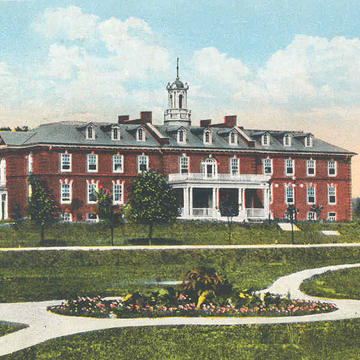
1961: A home for Marauders
Opened in 1961, Beacom Gymnasium rings with cheers for the Marauders volleyball and basketball teams. All 11 women’s and men’s Division II athletic teams fuel our maroon and gold pride.
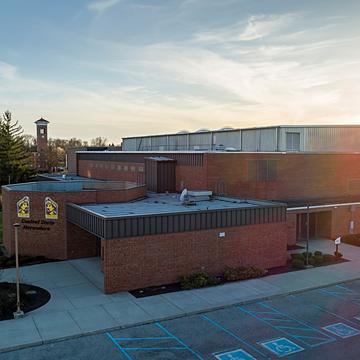
1965: Central State University
In 1965, then-Central State College achieved University status. Matters of business were reorganized, and Central State University saw a marked increase in federal grant funding during a period of rapid social change.

1974: Disaster strikes
In 1974, a severe tornado demolished 80% of the Central State University campus. But it could not destroy our Marauder spirit. Students returned to class within two weeks, watched over by our iconic 1906 clock tower — one of the few structures left unscathed.
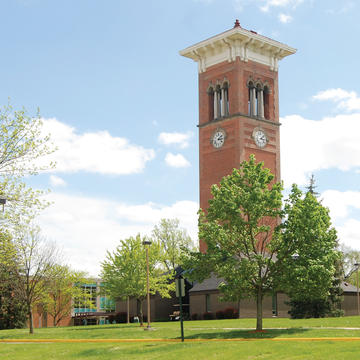
Central State reimagined
Following the tornado, we embraced a new mission — to rebuild the campus as an ideal learning environment. Help came from many areas, including the American Red Cross, several Ohio universities, and alums including celebrated jazz singer Nancy Wilson.
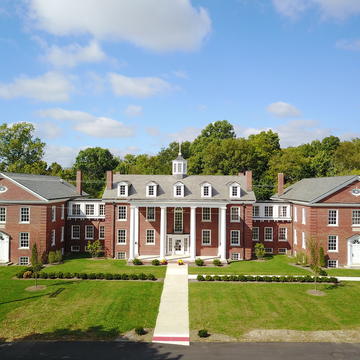
1987: A moment in time
During our 1987 centennial celebration, we buried a time capsule in the heart of the CSU campus: the Sunken Garden. The site hosts our most solemn annual ceremonies, where freshmen become Marauders and graduating seniors become Centralians.
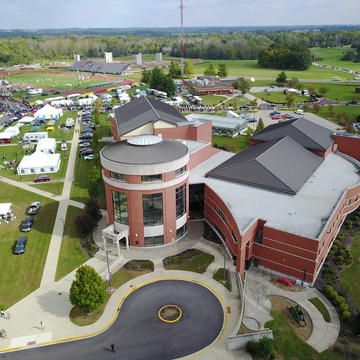
1994: CSU Chorus glory
With a repertoire that ranges from spirituals to gospel to jazz and beyond, the renowned CSU Chorus hit new highs in 1994 with a Grammy nomination and a performance in Washington, D.C., to honor the 30th anniversary of the Civil Rights Act.
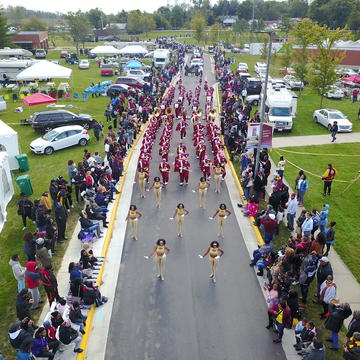
2005: Starring the Invincible Marching Marauders
Comedian Dave Chapelle, who grew up in nearby Yellow Springs, invited Central State’s Invincible Marching Marauders to perform in his 2005 documentary, Dave Chapelle’s Block Party. In the film, our legendary marching band plays alongside Kanye West, Erykah Badu, The Roots, and other top performers.

2014: Land-Grant at last
We sought Land-Grant status for more than 120 years before achieving it in 2014. This federal designation puts Central State in the ranks of distinguished HBCUs known as 1890 Universities, charged with expanding agricultural research and education.

Looking to the future
Central State University earned top HBCU honors from HBCU Digest in 2017 and continues to thrive. New partnerships with Apple, Honda, and others are advancing STEM education while our Land-Grant status empowers us to deliver new knowledge to our community, state, and nation. Central State's vision for the future is innovation and education that prepare our students and communities for a globalized future driven by technology.
